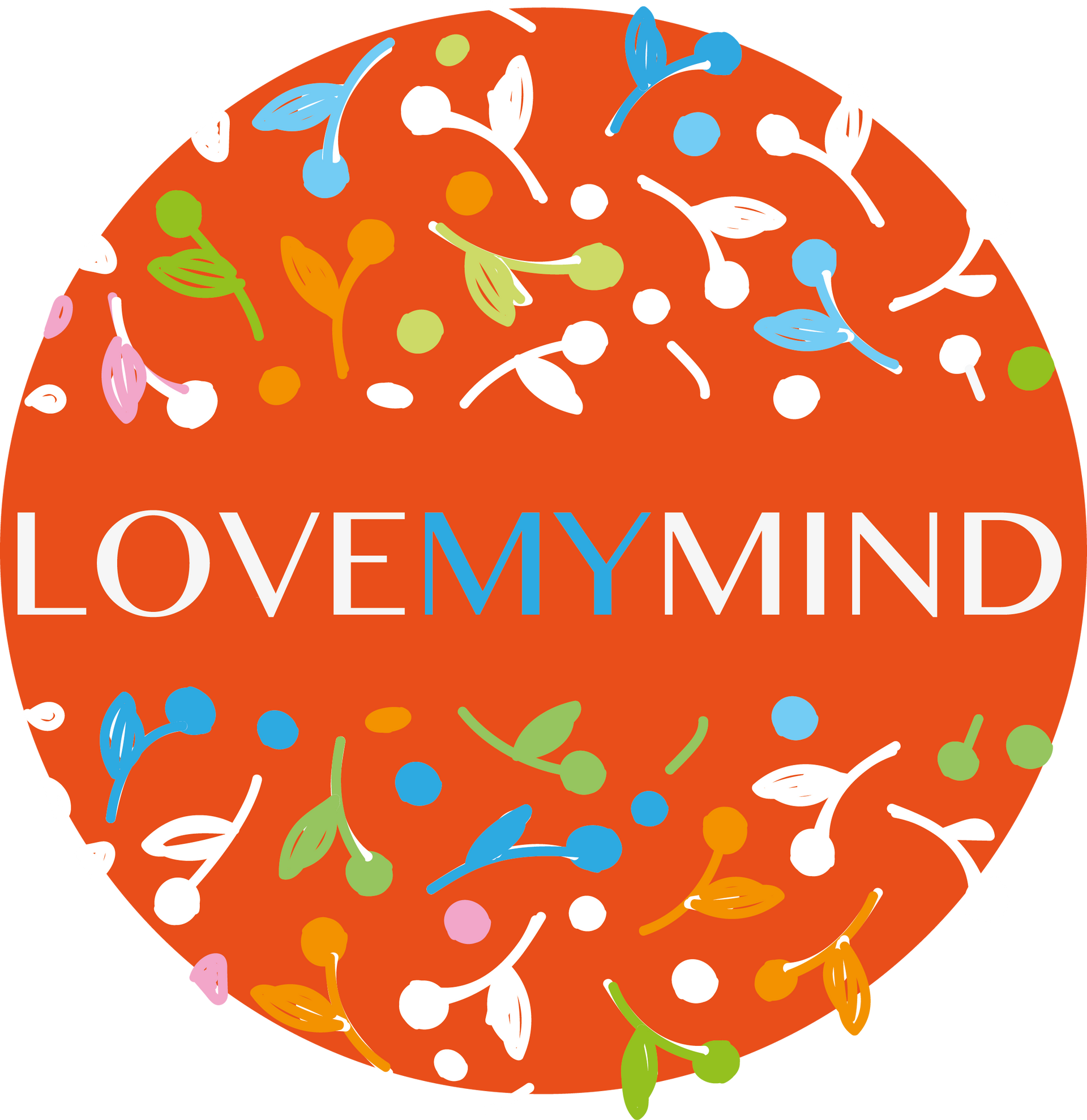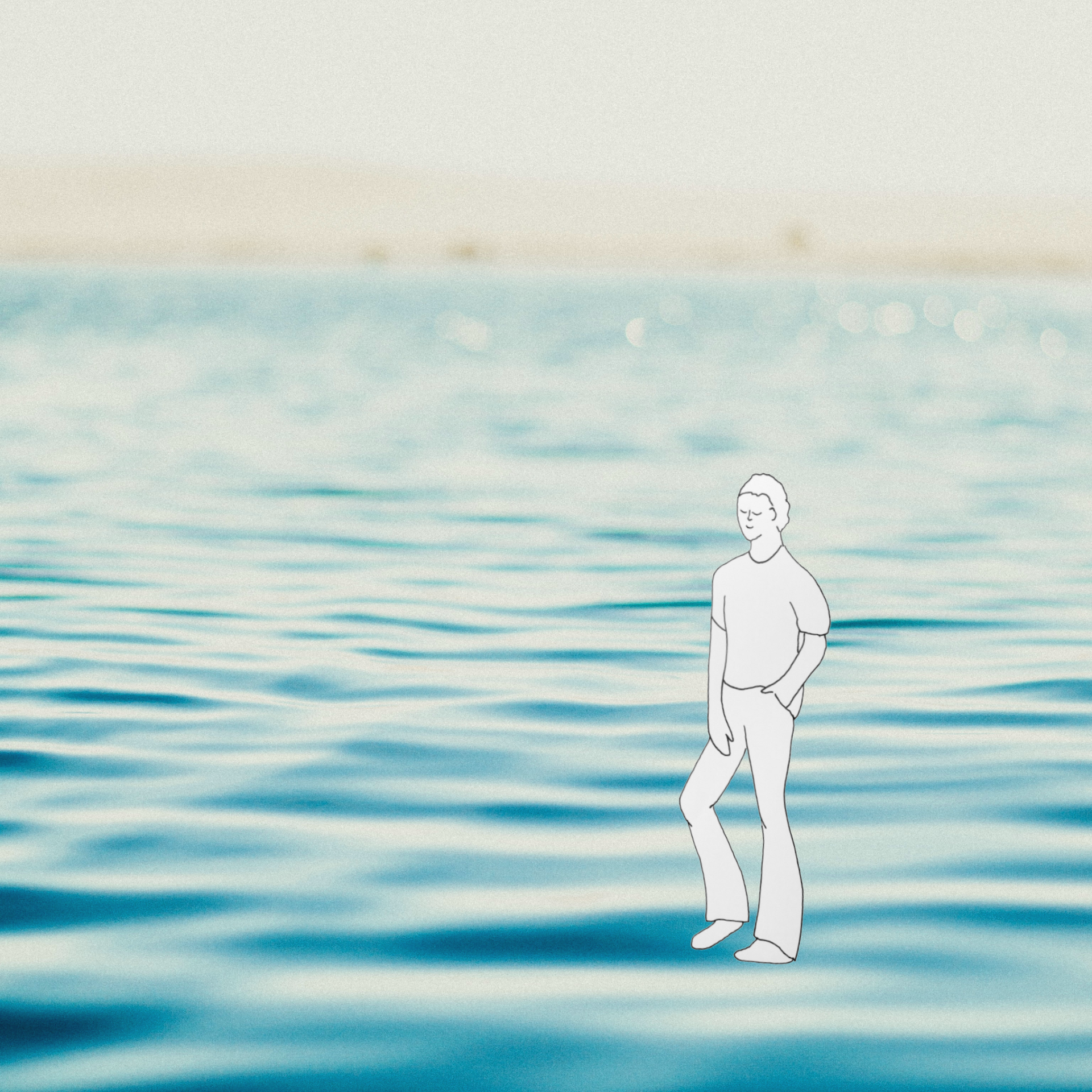Create an anchor to help with anxiety and depression
How to create an emotional anchor to help with anxiety and depression
Have you ever wished you could just bottle that amazing feeling? That moment when you felt so perfectly calm, happy at one with the world and completely in the moment. This is why we take photographs isn’t it? To capture the moment. We look at a picture, and it reminds us of all of the sensations we felt. The problem with photos is that they end up stored, just like the memory, dusty, put in an album, left in a folder, even the ones we frame we don’t always remember to look at.
Wouldn’t it be wonderful if we had another way, a way we could access at any time?
There is a magic tool we use in hypnotherapy to do exactly that, it is a NLP technique called anchoring. And it is super simple to learn.
First of all, you need to decide, what emotion would you like to capture? What resource would it be brilliant to have, literally at your fingertips? Imagine yourself in the happiness shop, looking through the bottles of calm, serenity, relaxation, bravery, contentment or confidence… You can choose anything you want.
When you have decided the feeling you want, you simply need to remember a time you last felt this way. Make it a really strong memory.
Now the lovely relaxation bit (can this get any better?).
Close your eyes, while lightly touching your finger and thumb together. This stimulus is known as your trigger.
Really think about your chosen memory, think about it from all of your 5 senses. What can you see? Hear? Any tastes? Smells? Textures? Really allow yourself to be in that memory.
As you access the feeling related with the memory, imagine turning up the brightness. Really feel that positive emotion flood through you.
As you do this, tightly press the finger and thumb together to capture the feeling. As it subsides, gently release the pressure and take a breath.
You are going to repeat this a few times, each time it will be easier to see more details in the memory, as you are now used to the process. Allow yourself to embrace the euphoria as you play with turning up the colour or the volume, enhancing this perfect memory.
To set this anchor, on your last capture, you simply need to take a deep breath in and out while holding your trigger tightly. This breath is giving your subconscious brain permission to save the emotional resource, ready, whenever you need it.
So now you literally have a moment of joy at your fingertips. Try it. The more you press this trigger, the stronger the connection between the feeling and the stimulus becomes.
Why not try creating another emotional resource anchor with the other hand? Or on your knee? You can decide to save many different anchors all over your body, trigger points you can subtly use in any situation you might need an extra boost.
🌈🌈🌈🌈🌈🌈🌈


















